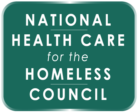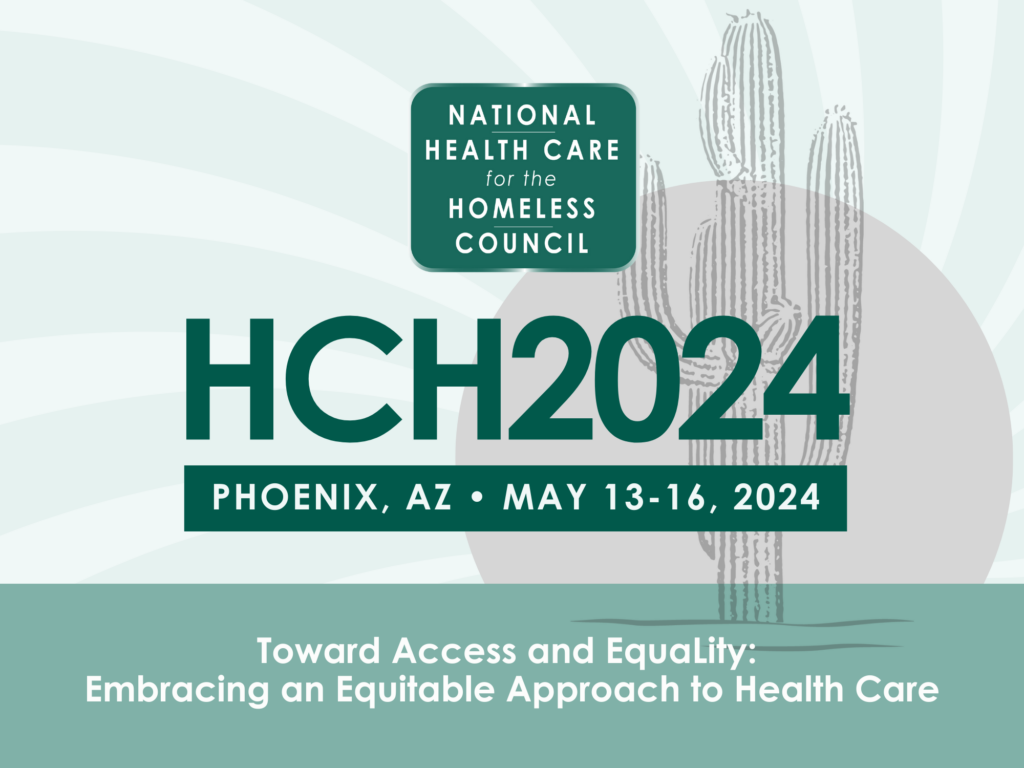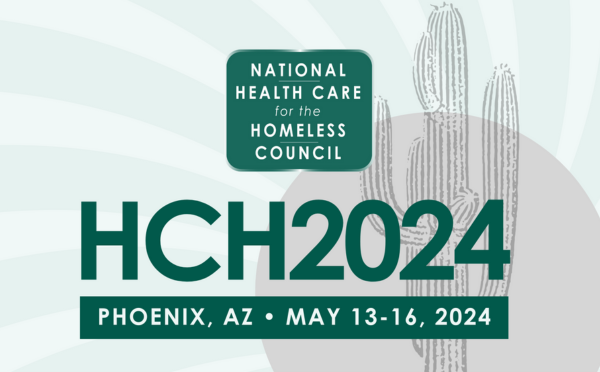Exploring the Development of Recuperative Care in Rural Communities
Presentation by: Zackiya Grant-Knight, Center for Health Care Strategies, Program Officer; Meryl Schulman, Center for Health Care Strategies, Senior Program Officer; Shawn Smith, MD, Chief Executive Officer, Symba Center Description: Recuperative care programs in rural areas experience a unique set of challenges, from geographical distance from healthcare services to a lack of community resources. Learn […]
Exploring the Development of Recuperative Care in Rural Communities Read More >>


